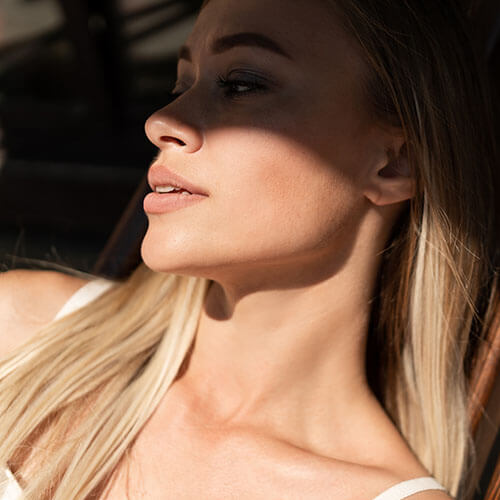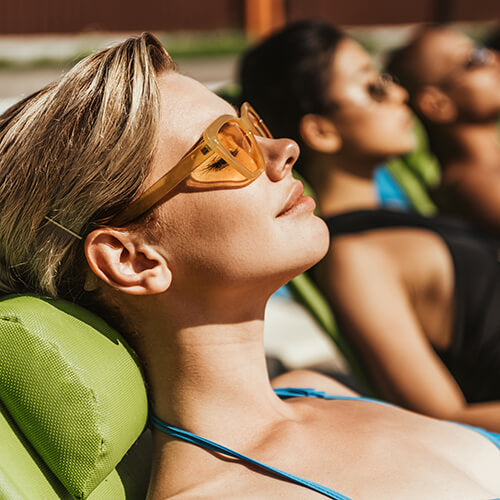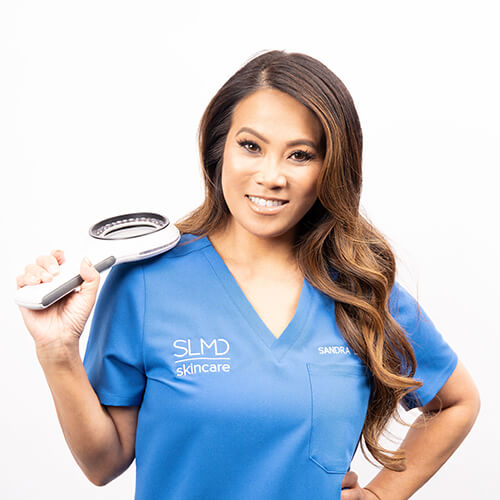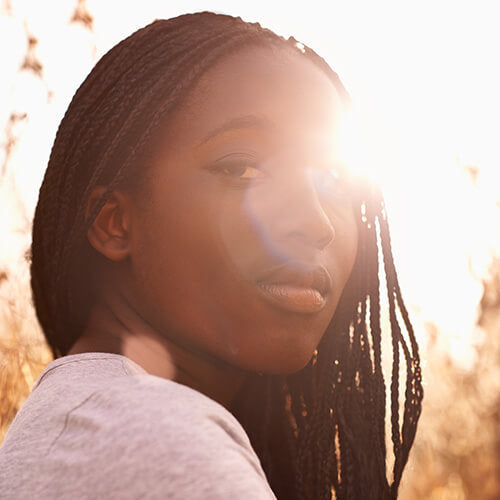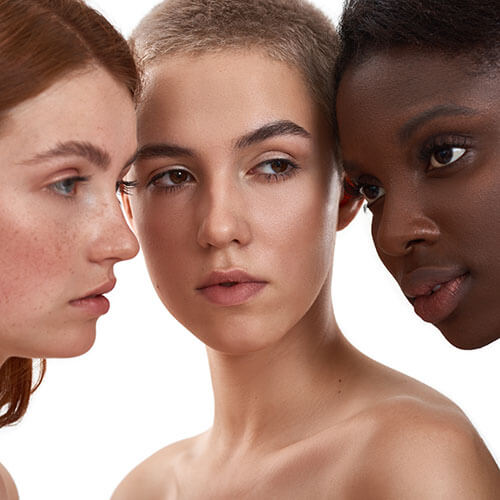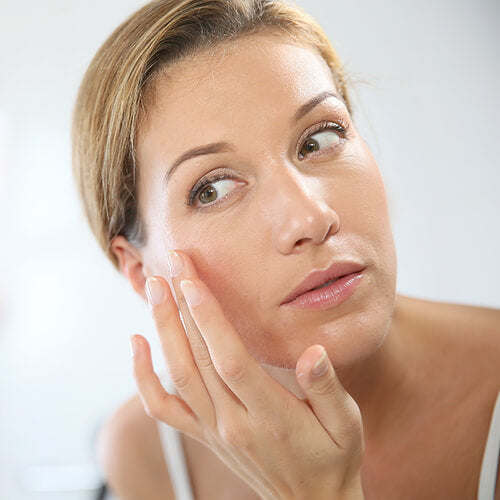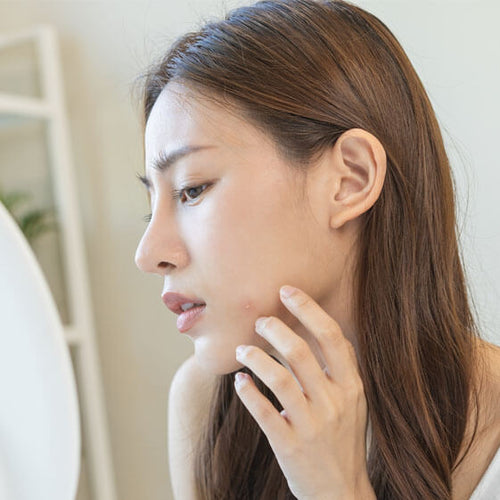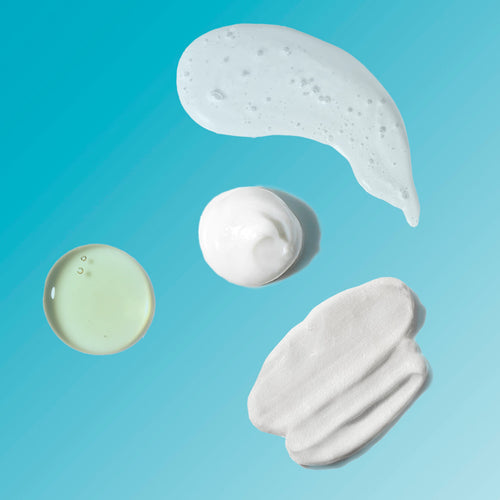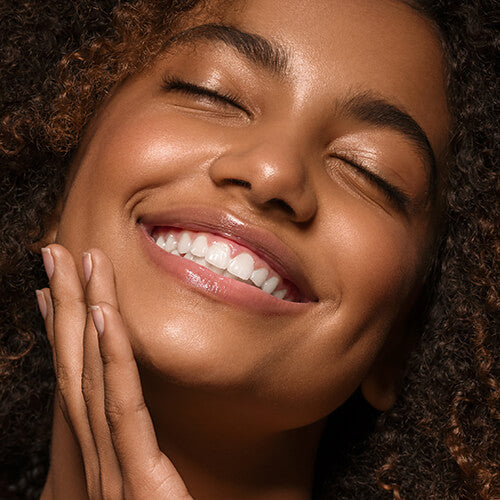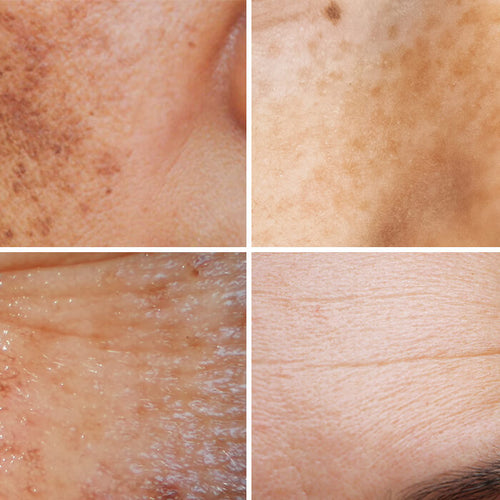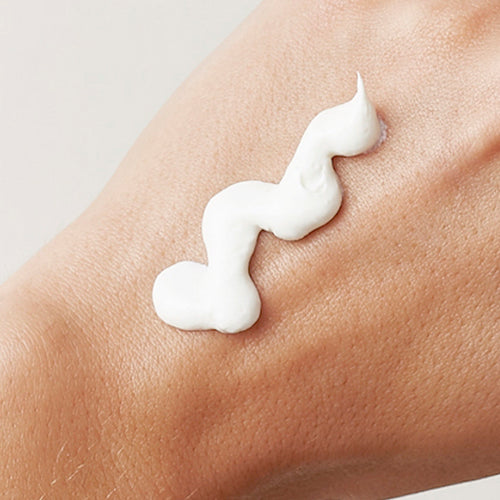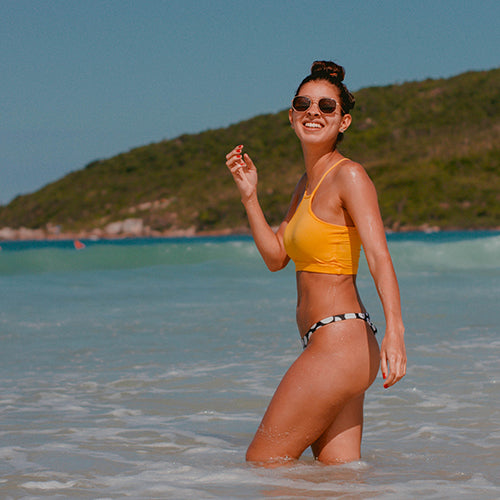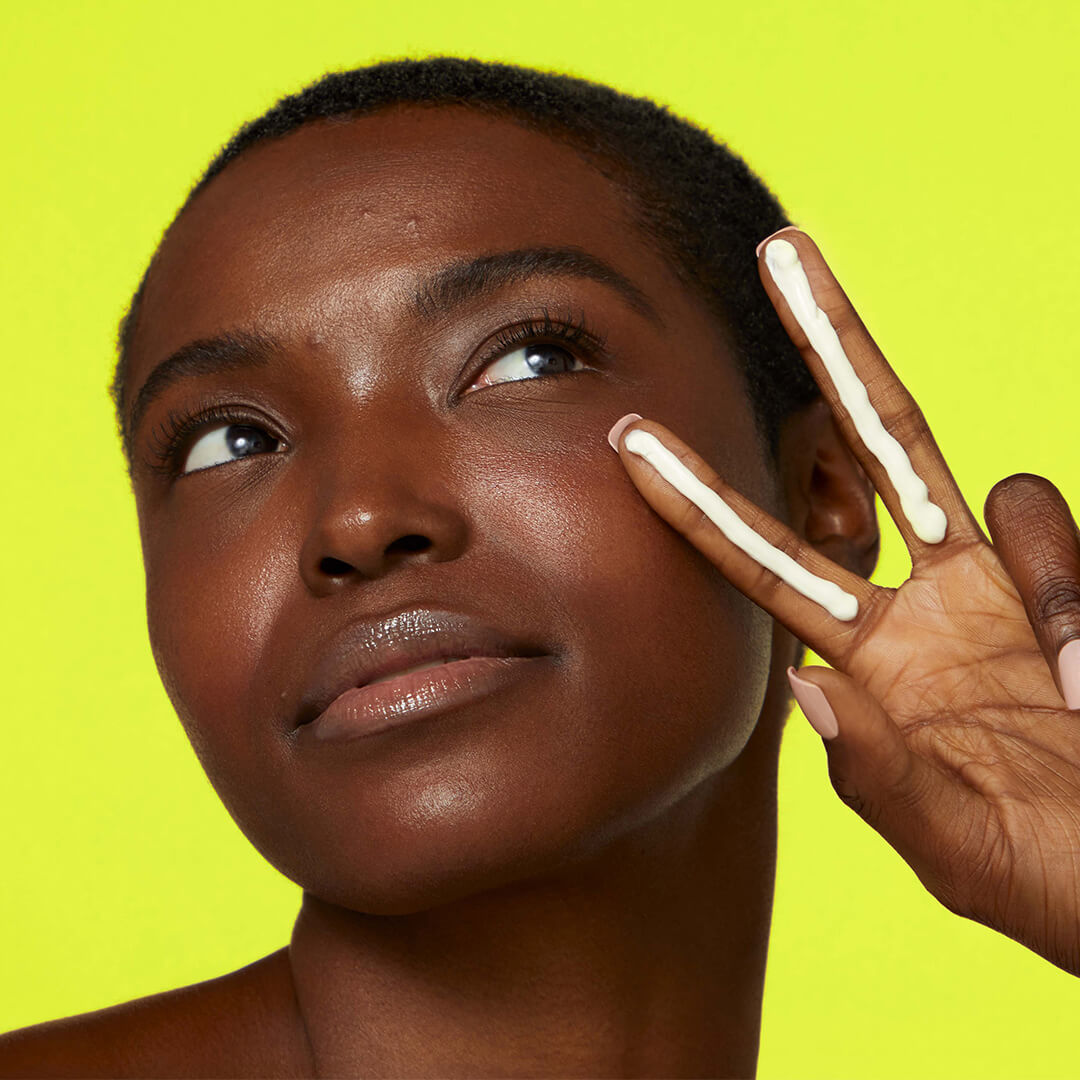
SPF, Explained
We’re willing to bet you didn’t know this: SPF alone isn’t an accurate indicator of how protective your sunscreen is. That's right: sun protection factor isn't the only thing we need to think about, according to dermatologist Dr. Sandra Lee. Here, we answer some of the burning questions surrounding SPF.
Published:
4 minute read
Even if you’re up on sun safety education, we’re willing to bet you didn’t know this: SPF alone isn’t an accurate indicator of how protective your sunscreen is.
Wait, what? We’ve been relying on that magic number — the sun protection factor — since way back in the day when it was still OK to start summer with SPF 15 and work our way down to SPF 2 once we’d built our “base.”
We’ve come a long way — but in terms of sunscreen specifics, there’s a few burning questions left unanswered. So, we’re here to help decode SPF.

5 minute read
Article Quick Links
The history of SPF
While the term sun protection factor is a modern one, humans have been experimenting with various forms of sunscreen for millennia. Ancient Egyptians are credited with mixing minerals with rice bran — turns out, it actually absorbs UV rays — while the Greeks are said to have relied on olive oil combined with sand.
In the late 1800s, the UV spectrum was discovered, and subsequently exposure to UVB rays was linked to sunburn. In the 1920s, the search for protective compounds began in earnest, with several minimally-effective products kick-starting the modern sunscreen industry:
- Glacier Cream: invented by Swiss mountaineer Franz Greiter after he suffered severe sunburn in the Alps
- Red-Vet-Pet: aka red veterinary petroleum, made by American Benjamin Green, but proved unsuccessful protecting soldiers serving in WWII
Research continued, and Greiter first introduced the concept of sun protection factor (SPF) in 1962. He developed a way to measure the effectiveness of a sunscreen to prevent sunburn, labeling it with a number. SPF 15, for example, theoretically would allow a person to be exposed to 15 times the radiation, without causing a sunburn.
How does SPF work?
Many people have taken the concept of SPF very literally, thinking that a rating of 15, for example, means you can stay out in the sun 15 times longer without burning. What's wrong with trying to apply what works in theory to what works in real life? Anyone who’s come home blistered from the beach can tell you that things in the real world aren't the same as in a lab: so how does SPF really work?
The simplest way to think about sun protection factor is that whatever the number is — let’s stick with 15 — that sunscreen product is going to let in only one UVB particle (aka photon) for every 15 photons that you’re exposed to. So you're always still catching rays, so to speak. Here’s an easy breakdown:
- SPF 15: allows 1 out of every 15 photons to penetrate skin, aka it blocks 93% of UVB rays
- SPF 30: allows 1 out of every 30 photons to penetrate skin, aka it blocks 97% of UVB rays
- SPF 50: allows 1 out of every 50 photons to penetrate skin, aka it blocks 98% of UVB rays
Why can’t we rely on SPF alone to measure sun protection?
While sun protection factor is a very useful tool, it’s not reliable enough to be the sole measure of how much UV exposure you can tolerate. Here’s why:
SPF only pertains to UVB rays
This one shocked us too: but the system only measures the rays that cause immediate damage — aka sunburn. While we’ve known for half a century now that UVA exposure leads to photoaging and skin cancer, an SPF rating doesn’t tell us anything about whether a product offers UVA protection.
The data might be inaccurate
Studies independently evaluating various brands of sunscreen have proven to be significantly different from the SPF levels listed on their labels. This is because the test to determine SPF relies on subjectively measuring how quickly a test subject’s skin turns red.
Higher levels of SPF offer a false sense of security
Incorrectly assuming that SPF 30 offers double the protection of SPF 15, for example, can lead to chronic overexposure to radiation. This is why the FDA currently recommends a maximum SPF rating of 60+ (the final rules are still pending).
Everyone’s skin is unique
The most obvious differences derive from skin tone, measured by the Fitzpatrick scale that ranges from very pale to very dark. Darker skin offers a higher level of natural protection, but still experiences UV damage.

What level of SPF offers the best protection?
Given all that we know about the benefits and limitations of sun protection factor, it’s only natural to wonder: what should we look for when choosing a sunscreen? According to Dr. Sandra Lee (aka Dr. Pimple Popper) — who says that sunscreen is the most important skincare product — finding the right protection doesn’t have to be complicated. Here are her top tips:
- Choose at least an SPF 15 (ideally 30) level sunscreen. Look for products that say broad-spectrum, which means it protects against UVA rays.
- Find a formula that’s non occlusive (whether physical or chemical), meaning it won’t clog pores and cause breakouts.
- Apply correctly. Most people don’t use nearly enough sunscreen to satisfy the SPF level (it takes about an ounce, aka a shot glass full, to cover an average woman’s body).
- Reapply often. Sunscreen ingredients break down when exposed to radiation, so reapply every 2-3 hours, or more frequently if swimming or sweating.
Dr. Lee recommends her SLMD Dual Defender SPF 30 sunscreen, a lightweight moisturizer and broad-spectrum UV protectant in one. It’s formulated for all skin types (including acne prone) and infused with antioxidants to help neutralize free radicals.
Dr. Lee’s last word
I always say that if you’re only going to use only one skincare product, make it sunscreen. A broad-spectrum SPF 30 or higher is going to help protect you from not just skin cancer, but also signs of premature aging like fine lines and hyperpigmentation.
—Dr. Sandra Lee




